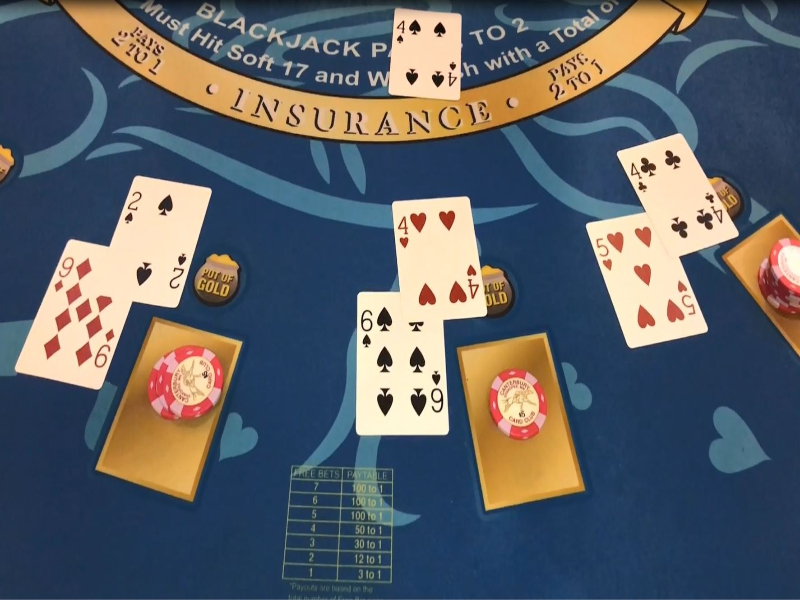Dice combinations in Bitcoin gaming environments follow specific mathematical sequences that can indicate potential winning streaks. When players play roulette with bitcoin or engage in dice-based crypto games, certain numerical patterns emerge that experienced gamblers recognise as favourable conditions. These combinations typically occur during specific blockchain confirmation periods and transaction timing cycles, creating windows of opportunity for strategic betting.
Mathematical sequence analysis
Bitcoin dice games utilise sophisticated provably fair systems that generate outcomes through cryptographic hash functions, creating identifiable patterns when specific conditions align. These mathematical relationships between blockchain data and game results offer insights into when winning sequences are most likely to occur.
- Algorithm dependencies – Dice results stem from server seeds combining with player inputs during particular blockchain confirmation states
- High-low alternations – Consecutive rolls displaying alternating high-low sequences emerge most frequently during network congestion periods
- Repeated number effects – Blockchain blocks ending in repeated digits show strong correlation with extended winning streaks in dice games
- Entropy sourcing – Random number generation systems pull data directly from blockchain activity, creating measurable connections between network states and game outcomes
- Congestion advantages – Extended transaction confirmation times during busy network periods generate more favourable dice combination patterns
- Hash digit analysis – Specific sequences within block hashes trigger corresponding mathematical progressions in dice results, making certain outcomes more predictable during these windows
Timing blockchain transactions
The synchronisation between Bitcoin network activity and dice game results creates distinct patterns that savvy players exploit. During high-volume trading periods, when thousands of transactions flood the network, dice combinations tend to cluster around specific probability ranges. This clustering effect happens because the increased network activity provides more entropy sources for random number generation. Morning hours often produce different dice patterns compared to evening sessions, primarily due to varying global Bitcoin trading volumes. Asian market opening times frequently coincide with dice sequences that favour lower numbers, while European trading hours see more balanced distributions. These temporal patterns stem from the underlying blockchain activity influencing game randomisation processes.
Volatility window identification
Bitcoin price volatility creates distinct windows where dice patterns become more predictable and potentially profitable. During major price movements, whether upward or downward, the increased transaction volume and network activity generate entropy patterns that influence dice randomisation algorithms. These volatility windows typically last between 15 and 45 minutes and occur most frequently during major market announcements or technical breakouts. The key lies in recognising when market volatility reaches threshold levels that trigger these pattern changes. Successful players monitor both price charts and network statistics simultaneously, identifying convergence points where dice combinations shift into more favourable probability distributions.
Dice combinations using Bitcoin create winning patterns through the complex interplay of blockchain mechanics, network timing, and cryptographic randomisation. Success comes from recognising these mathematical relationships and positioning strategies around the predictable elements within seemingly random systems. The intersection of cryptocurrency technology and probability theory continues evolving, offering new opportunities for pattern recognition and strategic advantage.



